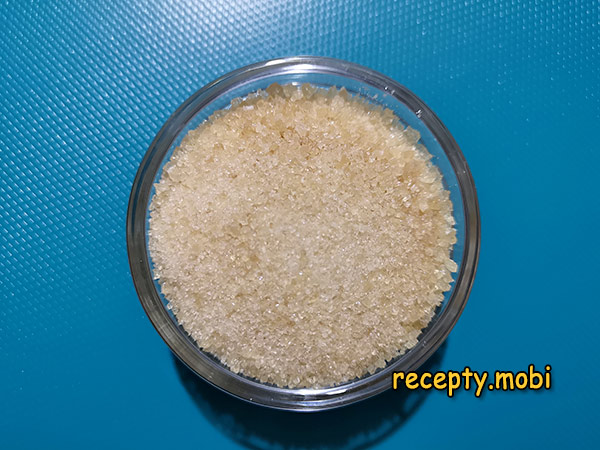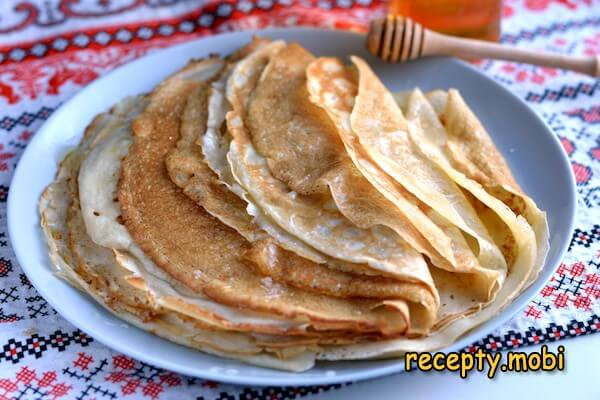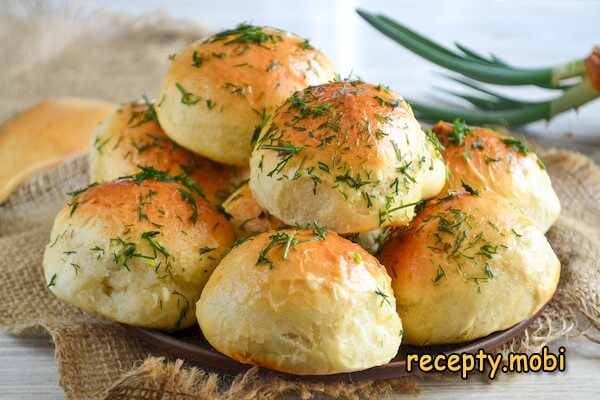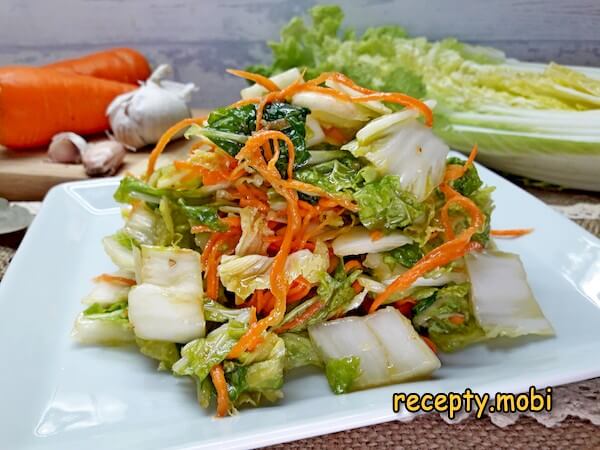
What is Gelatin Made From
The use of gelatin in the food industry has long been established. However, not everyone knows what gelatin is made from. This often leads to debates about its benefits and drawbacks for the human body.
There are two types of gelatin: food-grade and technical.
Food-grade gelatin is used not only in cooking but also in pharmacology and cosmetology as a thickening agent.
Technical gelatin is used in the production of paints, photographic and film materials, photo paper, and in the paper industry for high-quality paper as an adhesive.
What is Gelatin and What is it Made Of
Gelatin is a partially hydrolyzed collagen protein that appears as a translucent substance, often with a yellowish tint. When exposed to moisture, it swells and forms a gelatinous, viscous mass. Food-grade gelatin is available in the form of small granules, powder, or sheets.
Along with collagen, gelatin contains important amino acids that are essential for the proper functioning of cartilage and connective tissues.
A quality product has a balanced composition. In 100 grams of gelatin, you will find:
- protein – 87.2 g
- carbohydrates – 0.7 g
- fat – 0.4 g
- phosphorus – 300 mg
- starch – 0.7 g
- phosphorus – 300 mg
- potassium – 1.2 mg
- magnesium – 80 mg
- calcium – 700 mg
- ash – 1.7 g
- iron – 2000 mcg
- sodium – 11 mg.

Production of Gelatin
Gelatin is made through the partial hydrolysis of collagen derived from cartilage, tendons, bones, skin, and even hooves, as well as fish bones, gills, and scales.
Some manufacturers process only bones and cartilage, while others use skins and tendons. Fish scales are primarily used from fish sources.
Fish gelatin is less commonly found in stores because its production is significantly more complex than that of meat-based gelatin. It dissolves more slowly in water, so it requires a longer soaking time. However, it is perfect for making aspic from pike.
How Gelatin is Made
To create gelatin, the raw materials undergo a thorough veterinary and sanitary inspection. They are sorted by type and finely chopped. Following this, they go through a preliminary preparation process. This step is essential to remove any 'impurities' that may compromise the quality of the collagen. There are two methods for this preparation: alkaline treatment and acid treatment.
- Group A gelatin is derived from acid-treated materials, specifically pig skins.
- Group B gelatin is produced from alkaline-treated materials sourced from cattle.
In both cases, the gelling properties are similar. However, Group A gelatin has a lower viscosity.
The prepared raw materials are subjected to prolonged boiling in cooking vats. This is where the extraction occurs, and the collagen transforms into gelatin.
The resulting gelatin solution is purified from various impurities. It is filtered to remove water, sterilized at temperatures between 130 and 140 degrees, and then dried using filtered dry air.

Which Gelatin is Better
It is difficult to definitively say which type of gelatin is better: powdered or sheet. In professional kitchens, most chefs prefer powdered gelatin. This is because it can be dissolved in a gelatin mixture ahead of time and stored in the refrigerator for later use. To prepare it, dissolve it in room temperature water at a ratio of 5 to 6 grams of water for every 1 gram of gelatin. It is crucial to follow these proportions closely. Otherwise, the mixture may not achieve the desired consistency.
Sheet gelatin absorbs only the amount of moisture it needs. It should be soaked in cold water. You can simply place it in a bowl of water, and before using it, squeeze out any excess liquid.
There is not much difference between using sheet gelatin or powdered gelatin. They can be used interchangeably. The focus should be on their gelling strength, also known as the gelatin's Bloom value. This is measured using the Bloom system, with various types of gelatin ranging from 50 to 300 Bloom. The most common values are 180 and 200 Bloom. Typically, these parameters are assumed in recipes without explicitly stating the gelling strength.
The higher the Bloom value, the faster the gelatin sets and the firmer the gel becomes.
A Brief Note on the Important Aspects
- When adding dissolved gelatin, pour it into a warm mixture. This allows it to distribute evenly. It prevents the gelatin from setting too quickly and forming clumps.
- Gently place each sheet of gelatin into cold water one at a time. This ensures that they do not stick together.
- High-quality gelatin can generally withstand boiling. However, if you are unsure about its quality, it is best to avoid heating the liquid above 80 degrees Celsius after adding the gelatin.






